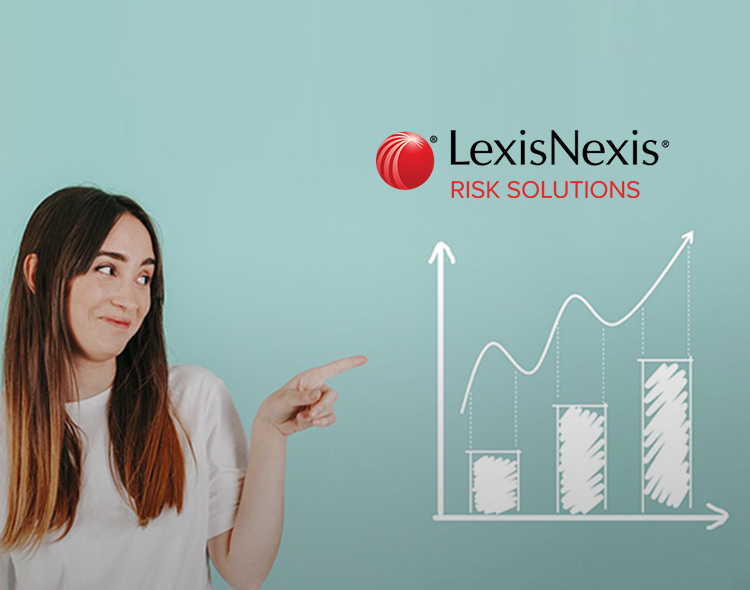Auto insurance shopping and policy switching spiked in response to rate increases from U.S. carriers
The latest edition of the LexisNexis Risk Solutions Insurance Demand Meter reports the quarterly year-over-year U.S. auto insurance shopping growth rate rose 2.8% in Q4 2022, up from +1.2% growth in Q3 2022 as auto insurers continue to implement widespread rate increases. But the bigger story surrounded new policy growth, or the rate at which consumers either switched or purchased new coverage, which was up a staggering 10.2% for the quarter compared to Q4 2021, including record high volumes in November and December. This comes on the heels of the average premium in the market increasing over 9% in 2022, nearly twice as much as we have seen in recent calendar yearsi.
Latest Fintech Interview: Global Fintech Interview with Lisa Loud, CEO & Co-founder at FLUIDEFI
“The shopping activity we’re seeing in the market continues to be extremely volatile as insurers take rate to combat profitability concerns due to rising inflation, loss costs and interest rates,” said Adam Pichon, vice president and general manager of Auto and Home Insurance at LexisNexis Risk Solutions. “As consumers receive their renewals, sticker shock may be coming into play, and we’re seeing switching rates rising to levels not seen in several years. While insurers are facing a number of obstacles, there is still significant opportunity for those carriers who can leverage data, analytics and artificial intelligence (AI) to help optimize their operations and invest in technology that helps allow them to provide better customer service at a lower cost for the benefit of consumers.”
Late Year 2022 Auto Insurance Rate Increases Inspire More Q4 Shoppers to Purchase New Policies
Some of the largest rate revisions from U.S. auto insurers began to hit the market in August 2022, driving more shoppers to switch their policies, particularly in the last two months of the quarter.
Read More About Fintech Interview: Global Fintech Interview with Cristina Ceban, Founder at Women Do Crypto
“We attribute significant November and December jumps in new policy purchases, and consumers switching carriers to two primary factors,” said Chris Rice, associate vice president of strategic business intelligence at LexisNexis Risk Solutions. “First, not all auto carriers are implementing rate revisions at the same time or at the same levels, so a lot of consumers are looking for and finding more cost-effective policies. Second, much of the growth was in the independent channel, where purchase rates have historically been higher than other distribution channels.”
The rate at which shoppers switched or purchased coverage was up across all demographics. In particular, the 55+ age demographic saw the largest increase in purchase rates, along with consumers that carry high bodily injury limits and those who have long tenure with their previous carriers. Despite inflation and auto premiums rising, consumers are maintaining their current coverage levels when they switch carriers. In fact, consumers with bodily injury limits in the $100,000 to $200,000 range are actually more likely to raise their limits when they switched to a new carrier than we have seen in the past.
“One very notable trend we saw in 2022 was the fact that some lower-risk, experienced drivers who traditionally don’t shop that often are now shopping more and are more likely to switch when they do shop,” said Pichon.
A Look Ahead
2023 could likely be headed for another year of vehicle and insurance shopping volatility in year-over-year growth rates. The first half of the year could be very interesting as tax-related payouts from 2022, which would typically help drive increased shopping during the first quarter, are expected by LexisNexis Risk Solutions to be less significant than in the past few years.
Conversely, insurer rate revisions are expected to last well into 2023, so that could continue to help drive higher shopping than we might otherwise see outside of tax season-driven shopping.
“We do expect to see a continuation of higher consumer purchase rates in the coming months,” said Pichon. “With millions of consumers still slated to see upcoming rate increases when they receive their renewal notices, combined with insurers still looking to return to profitability, there’s a strong likelihood that the Insurance Demand Meter’s reported shopping and purchasing levels should remain high.”
Browse The Complete Interview About Fintech : Global Fintech Interview with Lorien Gamaroff, CEO at Centbee
[To share your insights with us, please write to sghosh@martechseries.com]
